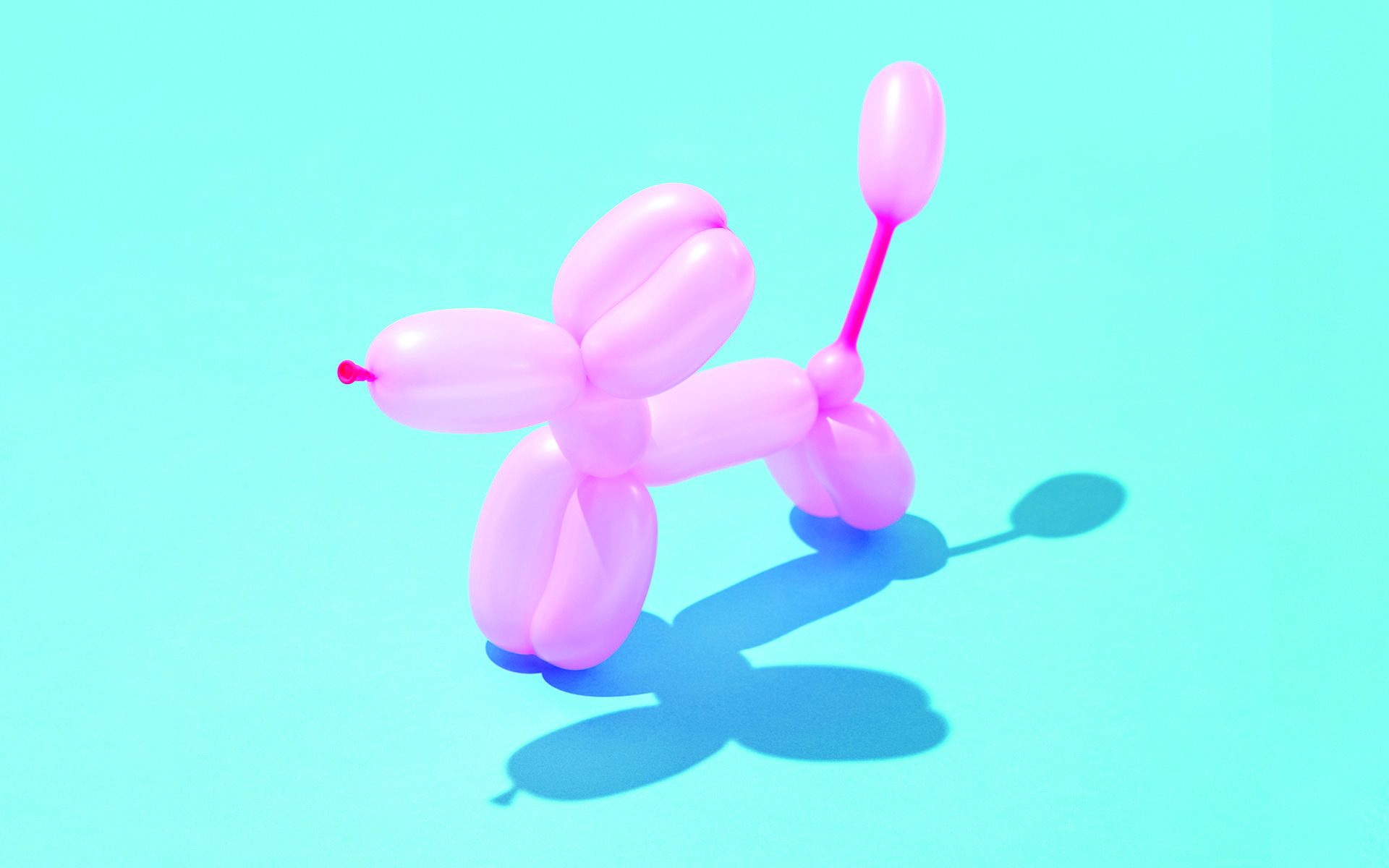Sometimes we can see our intense emotions coming, and sometimes we can’t. Emotions can build up, increasing in strength slowly. At other times, they crash down on us all at once. We can get lost in our emotions, swept up in a feeling. They can be beautiful and they can be scary. In all of these ways, emotions are like storms. As such we need to allow the storm to pass.
Let’s look to different aspects of the hurricane and see how they connect to our own thoughts, feelings, and sensations.
The good news is that we can allow the storm to pass, and so do emotions. With mindfulness, we can practice taking the role of observer to our strong feelings. When we put that space between ourselves and the whirlwinds, we can find stability and cultivate resilience. Scott Rogers leads us in this guided practice with the metaphor of a hurricane to help us recognize the qualities and the impermanence of even our stormiest emotions.
A 12-Minute Meditation for Emotional Resilience
A Mindful Practice for Emotional Resilience
- We begin this 12-minute mindfulness practice by bringing ourselves into a posture that’s upright and stable. We lower or close our eyes and bring our attention to our body sitting in the chair.
- As we breathe, we are aware of where our bottom meets the seat of the chair and of where our back meets the back of the chair. We are aware of our feet and where they make contact with the ground, our shoes, or our socks. We are aware of the sensations of the body, of the hands resting one in the other or on our lap. We are aware of the fingertips, the palms, the points of contact, as we begin this practice by coming to our senses as we breathe.
- At times, things can become intense and quickly turn, much like a hurricane, so this practice will draw upon the metaphor of a hurricane to help us understand our own true nature. It can help us understand the ways that mindfulness practice can be helpful in observing our nature moment by moment. That observation can create spaciousness around the tumultuousness that can arise during the course of our day and at times throughout our life.
- We take three slow, deep breaths. A little slower and a little deeper than we might otherwise take. Inhale and exhale. Inhale and exhale. Inhale and exhale.
- The hurricane arises when the conditions are sufficient for it to come together and, in time, it dissipates, much like our own emotional conditions. So, let’s look at a few of the different aspects of the hurricane and see how they connect to our own thoughts, feelings, and sensations, and the spaciousness and ease that we can find with agitated thoughts, feelings, and sensations. In this way, we can allow the storm to pass.
- There are times when we experience agitation and frustration in the body, much like the strong, gusty winds and heavy rains that feed into the hurricane. We might reflect for a moment on times when we have felt that intensity in the body—that tension, that tightness.
- Thoughts arise from time to time that can be judgmental, pessimistic, and reactive, like the outflow of high-level clouds that intensify the hurricane as they move away from it. We might take note of thoughts that arise in our mind now, or thoughts that have arisen today, that carry that judgmental, harsh, reactive quality. Just notice these thoughts as we breathe.
- There are moments we experience intense emotions like anger and fear that are akin to the eye wall, the extreme conditions that form around the eye of the hurricane. You may notice these arising now, perhaps because of the circumstances of the day, or that they arise on a fairly regular basis.
- And so, too, there are times we experience inner calm, much as is found within the eye of the storm. This is a reminder that we don’t have to have the intense and agitated thoughts, feelings, and sensations go away to find that inner calm, that inner tranquility. By shifting to an observing state, we find freedom from the intensity of those thoughts, feelings, and sensations. It’s like finding our way into the eye of the storm, into a place of our own safe refuge without needing anything to change.
- Let us settle into the body, aware of thoughts, aware of feelings that will come and go, aware of the sensations in the body, aware of preserving and allowing the breath to anchor us a little bit more fully, to steady us a little bit more comfortably into the moments of this practice. In doing so, we begin to develop and cultivate a resilience to steady us in the moments of our life.
- Breathe in and out, allowing this moment to be as it is. When, from time to time, the mind wanders, gently return to the sensations of the breath flowing through the body. When you’re ready in the next moment or two, with awareness, lift the gaze, open the eyes.
read more
What Clowns Can Teach Us About Building Resilience
When things are at their worst, mindfulness teacher Elaine Smookler suggests turning to the rules of clowning to face difficult emotions.
Read More
How to Shift Direction When You Feel Stuck
Recognize, release, and refocus your emotions with this five-step practice from Elisha Goldstein.
Read More
Resilience Expert Offers Three Ways to Tap into the Wisdom of the Body
Linda Graham presents a full toolbox of practices to help you meet the chaos of life with awareness, acceptance, and deep knowledge that you have the strength to work with it all.
Read More









